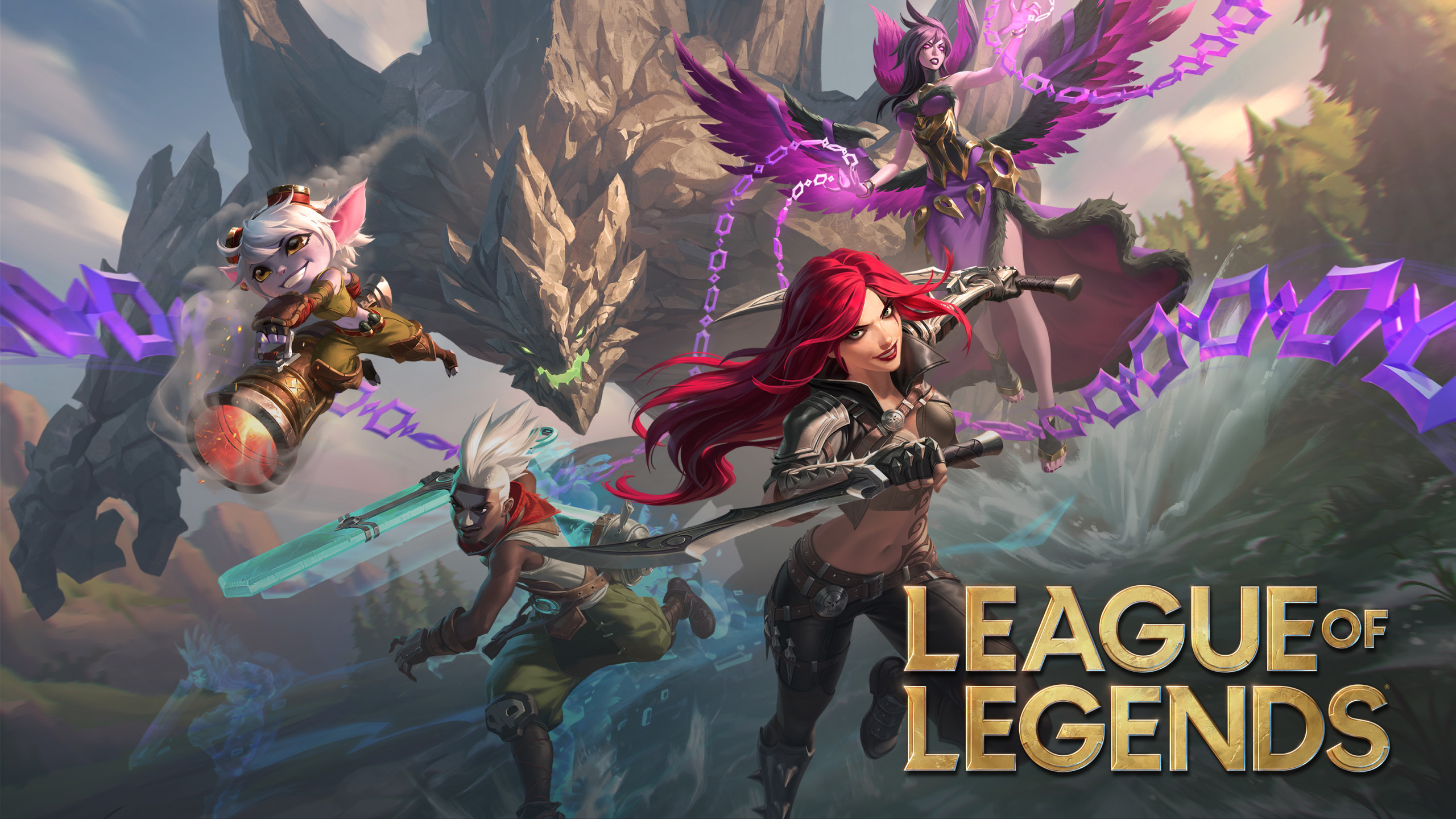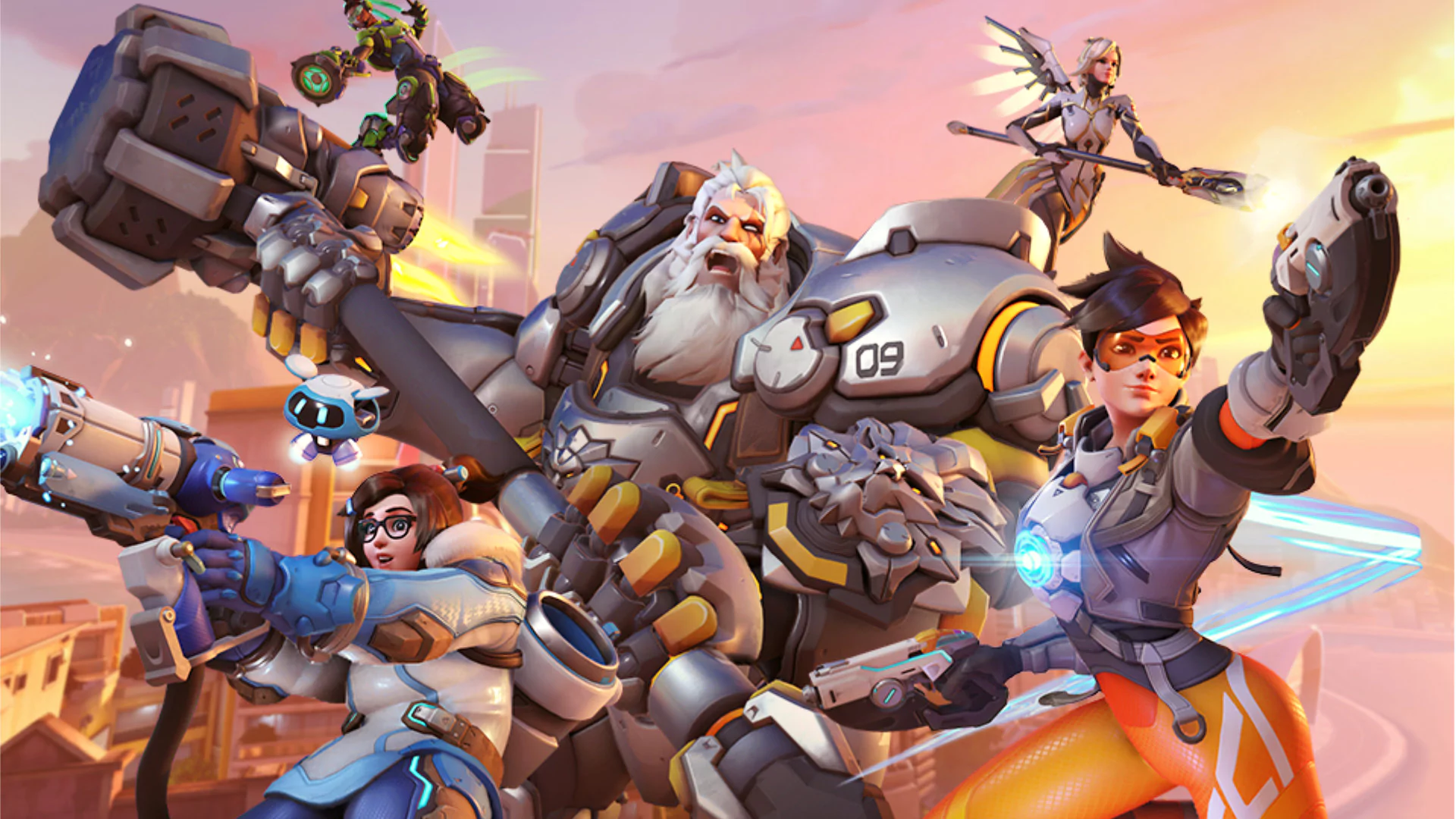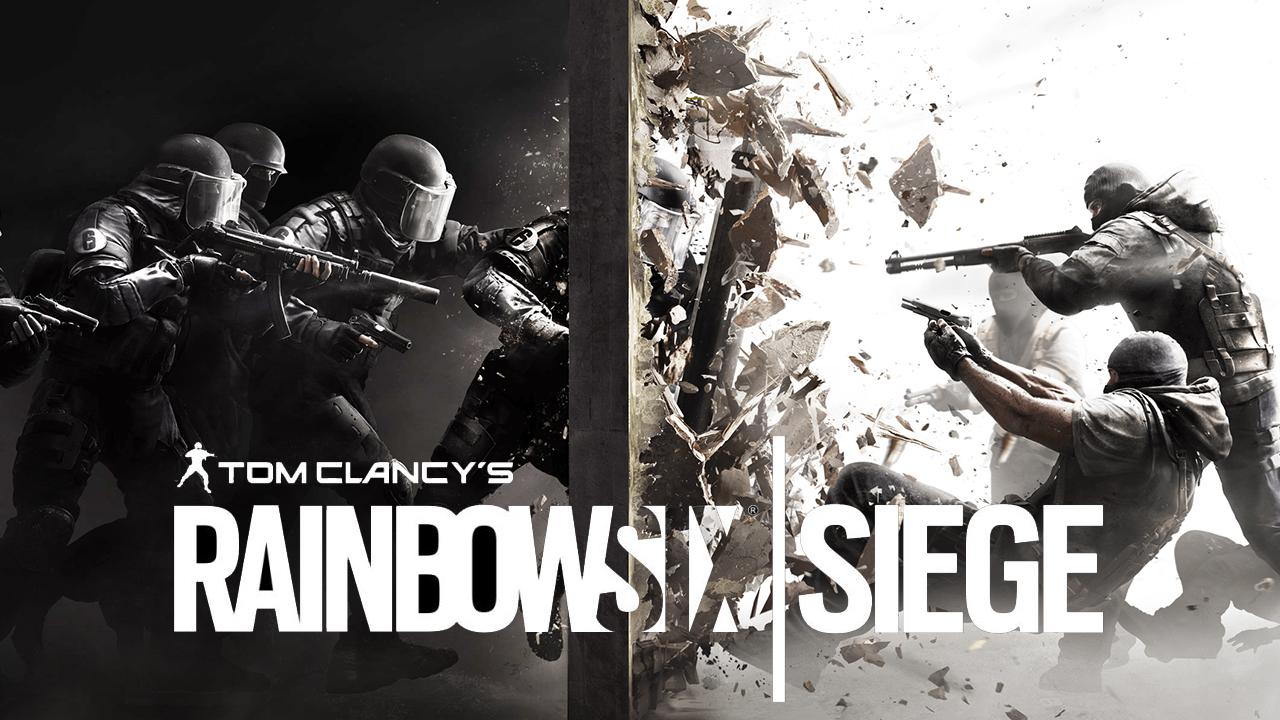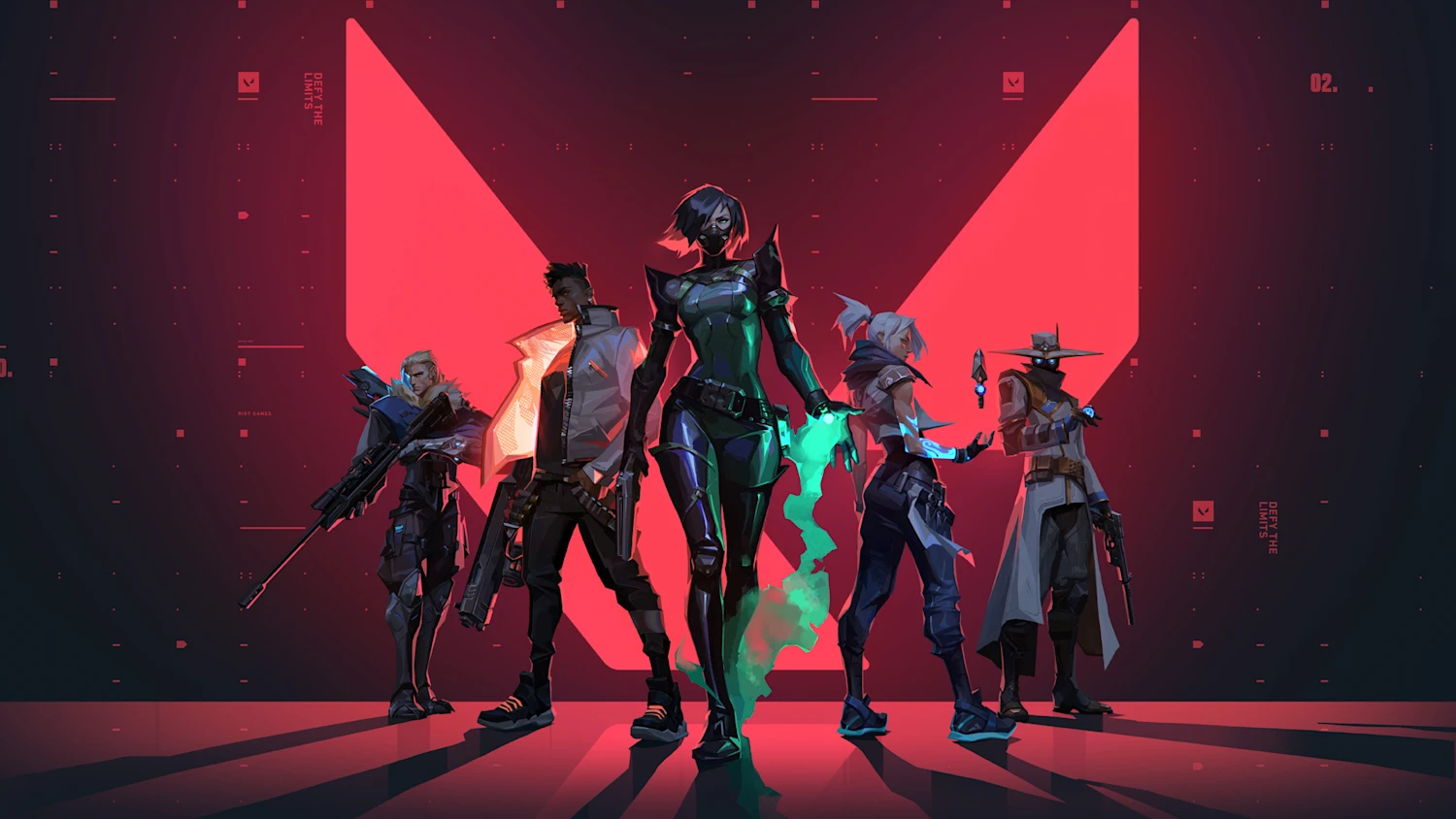You've finally assembled a League ranked team. Everyone has decent mechanics, knows their roles, and understands the basics of macro play. You queue up excited for your climb to Diamond or beyond. Three weeks later, the Discord server is dead, two players ghosted the group, and you're back to solo queue wondering what went wrong.
This scenario plays out thousands of times every season across every elo bracket. The truth is, mechanical skill and game knowledge only account for about 40% of ranked team success in League of Legends. The remaining 60% comes down to team dynamics, communication patterns, and psychological factors that most teams never address until it's too late.
Introduction
After surveying over 800 League players about their ranked team experiences and analyzing common failure patterns, we've identified the five critical reasons why talented teams fall apart before reaching their potential. More importantly, we'll show you exactly how to prevent these issues and build a team that actually lasts.
Whether you're struggling to keep a Clash team together or watching your ranked flex squad slowly disintegrate, understanding these team dynamics will transform your competitive experience. While finding compatible teammates can be challenging, platforms like Jynx are making it easier by matching you with players based on playstyle, schedule, and communication preferences—not just rank.
The patterns we'll explore apply to teams at every level – from Silver squads learning the game together to Master-tier groups pushing for Grandmaster. If you've ever wondered why your team keeps falling apart despite everyone's best intentions, this guide will give you the answers and solutions you need.
The Tilt Cascade: When One Bad Game Destroys Everything
Tilt is the silent killer of ranked teams, and it spreads faster than a fed Katarina in a teamfight. Here's how the tilt cascade typically destroys otherwise functional teams:
The Pattern of Team Tilt
One player has a rough game – maybe they got counter-picked, maybe the enemy jungler camped them, maybe they just misplayed a crucial fight. Instead of shaking it off, their frustration seeps into voice comms. Suddenly, instead of constructive callouts, you're hearing:
- "This is unwinnable, they're too fed"
- "Why am I the only one trying?"
- "Nobody's playing around my cooldowns"
The negativity spreads. Other players start playing worse because they're focused on the toxic atmosphere rather than the game. Mistakes compound. What could have been a 30-minute loss turns into a 45-minute miserable grind that leaves everyone demoralized.
Individual Tilt Tolerance Differences
Here's the problem most teams never address: everyone has different tilt thresholds. Your top laner might be fine after going 0/3 in lane, treating it as a learning experience. Your mid laner might start flaming after giving up a single kill. When these differences aren't acknowledged and managed, they create invisible friction that tears teams apart.
Some players tilt from:
- Mechanical misplays and missed skillshots
- Strategic disagreements about macro calls
- Teammates not following their shotcalls
- Falling behind in lane or losing objectives
- Losing streaks across multiple games
The Recovery Problem
The worst part? Most teams don't know how to reset after tilt sets in. They keep queuing while frustrated, carrying negativity from game to game. They don't take breaks. They don't have protocols for mental resets. Eventually, someone just stops showing up, and the team quietly dies.
Solution: Establish tilt management protocols before problems arise:
- Agree on a "tilt timeout" rule – if anyone's getting negative, the team takes a 15-minute break
- Create a no-blame culture – focus on solutions, not fault
- Implement a two-loss rule – after two losses in a row, stop for the day
- Practice positive reinforcement – acknowledge good plays actively
- Screen for tilt resistance when building your team – some players naturally maintain composure
This is where modern matchmaking platforms like Jynx make a difference – the compatibility scoring system matches you with players who maintain positive mental even during rough games, filtering for tilt resistance and team-first mentality upfront.
Scheduling Conflicts: The Slow Death
Nothing kills ranked teams faster than the inability to actually play together. What starts as occasional scheduling conflicts gradually evolves into a team that barely exists outside of Discord.
Real-Life Obligations vs Gaming Ambitions
Your team has five players with five different lives:
- The college student with unpredictable class schedules and exam weeks
- The working professional available only evenings and weekends
- The parent who can only play after kids are in bed
- The shift worker with rotating schedules
- The high schooler with homework and family dinners
At first, everyone's motivated to make it work. "We'll figure it out," they say. But week after week, scheduling becomes a negotiation. Someone's always unavailable. You can never get all five people online at the same time. Practice sessions get canceled. Ranked games turn into "whoever's available" rather than your core five.
The Commitment Level Mismatch
Even when schedules theoretically align, commitment levels differ wildly. Some players treat ranked teams as their primary gaming activity. Others see it as a casual side thing when they're bored of solo queue. This creates resentment:
- The dedicated player who cleared their schedule gets frustrated when others cancel
- The casual player feels pressured by expectations they never agreed to
- Attendance becomes inconsistent
- Team chemistry never fully develops
The Substitute Problem
Some teams try to solve scheduling issues with substitute players. This rarely works in League because:
- Team synergy and communication need consistent practice
- Role coverage becomes complicated (your substitute mid laner plays different champions)
- Substitute players feel like second-class members and lose motivation
- You end up with a bloated roster where nobody gets consistent practice
Solution: Be brutally honest about availability and commitment from day one:
- Establish a minimum attendance requirement (e.g., 3 days per week, 2 hours each)
- Find players in compatible time zones
- Set fixed practice times – don't negotiate every session
- Use scheduling tools to identify realistic overlapping availability
- Accept that some friendship groups can't become ranked teams due to schedule incompatibility
Smart matchmaking platforms solve this by connecting players with compatible schedules upfront. You can filter for teammates who are online when you are, making it easy to find consistent teammates rather than forcing friends with incompatible schedules into a ranked team.
Communication Breakdowns: Lost in Translation
Communication is everything in League of Legends, yet most ranked teams never establish effective communication protocols. The result? Critical information gets lost, shotcalling becomes chaotic, and preventable mistakes happen repeatedly.
The Information Overload Problem
Some teams suffer from too much communication. Everyone's talking constantly:
- "He flashed"
- "I'm recalling"
- "Ward here"
- "I need help"
- "They have Baron"
- All spoken simultaneously in a chaotic jumble
When everyone talks at once, crucial information drowns in noise. The warning that the enemy jungler is coming top gets lost in a discussion about bot lane itemization. By the time your top laner processes the information, they're already getting ganked.
The Radio Silence Problem
Other teams have the opposite issue – critical callouts never happen. Players assume others see what they see. The jungler takes a deep ward in enemy jungle but doesn't communicate it. The support spots the enemy ADC recall but doesn't tell anyone. Opportunities get missed. Ganks aren't predicted. Teams move out of sync because information isn't shared.
Shotcalling Conflicts
The worst communication breakdown happens when multiple people try to shotcall simultaneously. Mid laner says "start Baron," jungle says "get Dragon," ADC says "push mid." The team splits their attention, commits to nothing fully, and gets caught in the worst possible position.
Without a clear in-game leader (IGL), teams suffer from:
- Conflicting calls that create hesitation
- Blame games after fights ("I said to engage!")
- Passive play because nobody wants to make the wrong call
- Strategic indecision during critical moments
Post-Game Communication Failures
Communication problems extend beyond gameplay. Most teams fail at:
- Constructive post-game analysis (it's either silent or blame-heavy)
- Discussing strategic improvements without accusations
- Addressing individual mistakes without creating defensiveness
- Planning for the next session effectively
Solution: Establish clear communication protocols:
- Designate shotcaller roles: Primary IGL for macro, secondary callers for specific roles (e.g., support calls vision, jungle calls objectives)
- Create communication priority rules: Combat callouts take precedence, chat about builds happens between games
- Standardize callouts: Use consistent terminology for locations, timers, and situations
- Implement quiet periods: During clutch situations, only essential callouts
- Practice active listening: Acknowledge important callouts verbally ("Got it" or "Heard")
- Structure post-game reviews: Use a framework – What went well? What went wrong? What do we improve?
The difference between functional teams and dysfunctional ones often comes down to communication discipline. It's not about talking more – it's about communicating better.
Burnout: When Gaming Becomes a Grind
Burnout sneaks up on ranked teams slowly, then collapses them suddenly. What started as exciting competitive gaming gradually transforms into an obligation nobody enjoys.
The Grind Mentality Trap
Ranked teams often adopt an unhealthy "grind at all costs" mentality:
- Playing even when you're not having fun
- Forcing sessions when energy is low
- Treating every game like a life-or-death situation
- Losing sight of why you started playing together
This approach might work for professional players paid to compete, but for amateur ranked teams, it's poison. When League stops being fun and becomes pure work, motivation evaporates. Players start making excuses to skip sessions. Resentment builds. Eventually, someone just stops showing up.
The Pressure Problem
Ranked teams create social pressure that solo queue doesn't have:
- You're letting down four other people if you play poorly
- You can't just quit after a bad game – you committed to the session
- Performance anxiety increases because your mistakes are visible to the same group repeatedly
- Fear of being "the weak link" creates stress that tanks performance
For some players, this pressure is motivating. For others, it's crushing. When teams have mixed responses to pressure, it creates tension nobody talks about until it's too late.
Meta Fatigue and Patch Changes
League's constant evolution creates another burnout vector. When a significant patch drops and:
- Your main champion gets gutted by nerfs
- The team's practiced strategy no longer works
- You need to relearn matchups and power spikes
- The meta shifts to playstyles you don't enjoy
Some players adapt enthusiastically. Others lose motivation having to relearn everything. If your team's entire strategy was built around a specific meta composition, a single patch can make your hundreds of hours of practice feel worthless.
The Result-Focused Trap
Teams that measure success purely by LP gains set themselves up for burnout. Ranked in League has so many variables outside your control – autofilled players, smurfs, connection issues, patch timing. When your team's happiness depends entirely on rank increases, you're building on an unstable foundation.
A three-game losing streak to objectively better players can demoralize a result-focused team to the point of collapse, even if they played well and improved during those games.
Solution: Build sustainable team practices that prevent burnout:
- Mix in non-ranked activities: Play ARAM together, try fun builds in normals, do custom game challenges
- Take scheduled breaks: Every 3-4 weeks, take a team weekend off
- Celebrate process wins: Acknowledge improvement in shotcalling, communication, or mechanics – not just LP
- Set realistic expectations: Your team probably won't go from Gold to Diamond in one season
- Check in on fun levels: Regularly ask "Are we still enjoying this?"
- Create pressure release valves: Have low-stakes gaming sessions where rank doesn't matter
Ready to find your perfect gaming squad? Jynx uses swipe-based discovery to help you quickly find teammates who match your playstyle, skill level, and approach to competitive gaming—whether that's hardcore grinding or balanced fun. Your verified rank and champion data ensure you're matched with players at your level.
Role Conflicts and Champion Pool Problems
Surprisingly few teams address role and champion pool compatibility before committing to ranked. This oversight creates friction that gradually erodes team stability.
The Role Preference Clash
You'd think this would be obvious to address, but countless teams form with multiple players wanting the same role:
- Three people who "main" mid but can "fill if needed"
- Two jungle mains who both hate laning
- A top laner who also plays ADC well and gets stuck on whichever role is left
What happens? Someone gets forced off their preferred role to make the team work. They're worse mechanically in the unfamiliar role. They enjoy the games less. They start resenting being pigeonholed. Eventually, they leave to find a team where they can play their actual role.
Champion Pool Incompatibility
Even when roles are clearly defined, champion pools can cause problems:
- Your top laner only plays split-pushers (Fiora, Jax, Camille)
- Your team's strategy requires a teamfight-focused top laner (Ornn, Malphite, K'Sante)
- Nobody wants to adjust their champion pool to fit team needs
Or worse:
- Your mid laner's champion pool is entirely AD assassins (Zed, Talon, Qiyana)
- Your jungle mains AD champions (Graves, Kindred)
- Your top laner loves Yasuo and Yone
- Your team's damage profile is 90% physical, making enemy team comp completely free
The One-Trick Problem
One-tricks can be incredibly skilled on their champion, but they create team vulnerability:
- Enemy teams ban their champion, and they're 50% effective
- Team compositions become predictable
- Flexibility in draft is limited
- Patches that nerf their champion crater the entire team's effectiveness
Meta Slaves vs Meta Deniers
Another common conflict: some players obsessively follow pro meta, others refuse to abandon their comfort picks regardless of patch notes. Neither approach is wrong, but when you mix them on the same team, you get strategic friction:
- "Why are you playing that, it got nerfed last patch"
- "I'm just better on my mains than on meta picks"
- Disagreements about whether to follow Korean solo queue trends or stick with what works for your team
Solution: Address role and champion pool compatibility early:
- Document everyone's champion pools – top 5 champions they're actually confident playing in ranked
- Identify team composition weaknesses – Are you all AD? All squishy? No engage?
- Agree on champion pool expansion goals – Who's learning what to fill team gaps?
- Create role backup plans – If someone's unavailable, who covers their role?
- Establish meta adaptation philosophy – Do you follow pro meta, high elo solo queue meta, or play comfort picks?
- Use verified rank and champion data – Platforms with Riot API integration can show actual performance statistics, not just what players claim they're good at
Teams that last are teams that build roster synergy from day one, not teams that force incompatible players together and hope it works out.
How Jynx Helps Build Teams That Last
The common thread through all these failure points? Most ranked teams form based on friendship or convenience rather than actual compatibility. You play with people you already know, or you grab whoever responds to your Discord LFG post first, without considering whether you're actually compatible for competitive play.
Jynx approaches team formation differently:
Swipe-Based Discovery: Like dating apps for gamers, you can quickly browse through potential teammates and see if you're a good fit. No more posting in Discord LFG channels and hoping for responses—just swipe through compatible players.
Verified Skill and Champion Data: Through official Riot API integration, Jynx shows verified ranks and actual champion performance—no more players claiming they're "Diamond-level on their main account" when they've been hardstuck Gold for three seasons.
Compatibility Scoring: The platform analyzes multiple factors including playstyle preferences (aggressive vs passive, teamfight vs split-push), communication style, schedule compatibility, and tilt resistance to suggest teammates who complement your approach to the game.
Schedule Matching: Filter for players in your timezone with compatible availability. See upfront if potential teammates play when you do, eliminating the common problem of assembling a team only to discover you can never actually play together.
Playstyle Transparency: Everyone's preferred roles, champion pools, and strategic preferences are visible upfront. You can find a team that needs exactly your role and playstyle rather than forcing yourself into an incompatible group.
The difference between teams that last and teams that fall apart often comes down to the foundation they're built on. When compatibility is considered from the start rather than hoped for after the fact, teams have dramatically higher success and longevity.
Conclusion
Your League ranked team doesn't keep falling apart because you're unlucky or because your teammates are bad. It falls apart because building a functional competitive team requires addressing tilt management, schedule compatibility, communication protocols, burnout prevention, and role synergy – and most teams never even consider these factors until problems are already unfixable.
The good news? Every single issue we've covered has proven solutions. The teams that survive and thrive aren't the ones with the highest mechanical skill – they're the ones that proactively build sustainable team dynamics from the foundation.
Whether you're trying to save your current team or starting fresh, apply these principles intentionally rather than hoping things naturally work out. Have the uncomfortable conversations about commitment levels and tilt management now rather than letting resentment build silently. Establish communication protocols before shotcalling chaos costs you games.
Most importantly, recognize that finding truly compatible teammates is more important than assembling the highest LP roster. A group of Platinum players with great chemistry and communication will consistently outperform a dysfunctional team of Diamond players who can't stand each other.
Download Jynx today and find the perfect League teammates in minutes through quick, swipe-based discovery. Match with players who share not just your rank, but your playstyle, schedule, communication style, and competitive approach—all verified through official game APIs.
Frequently Asked Questions
Q: How long should I give a team before deciding it's not working? A: Give it at least 3-4 weeks of consistent play (8-12 sessions minimum). Some teams need time to develop chemistry. However, if you're seeing the same problems repeatedly with no improvement or willingness to address them, it's probably time to move on.
Q: Should I try to save a team where one person is toxic? A: It depends on whether the toxic player recognizes the problem and is willing to work on it. If they're defensive and refuse to change, you're better off finding a replacement. One toxic player will eventually drive everyone else away anyway.
Q: Is it better to play with friends or find strangers who are more compatible? A: Honestly? If your friends are compatible for competitive play, that's ideal. But many friendships don't translate to good competitive team dynamics. It's perfectly fine to have a separate "competitive team" of compatible players and keep gaming with friends in normals or ARAM.
Q: How important is rank difference within a team? A: For ranked flex, the team's average MMR matters more than individual ranks. A Gold 1 and a Gold 3 can work fine together. But if you have Platinum players with Silver players, the skill gap creates problems – either the lower-ranked players feel like they're being carried, or the higher-ranked players get frustrated by mistakes.
Q: What if we have good chemistry but keep losing? A: If you're losing but improving and having fun, that's actually fine – you'll climb eventually. If you're losing and it's making everyone miserable, that might be a different issue. Consider getting coaching as a team, watching VOD reviews together, or analyzing whether you're actually well-matched in terms of current skill level versus aspirations.




